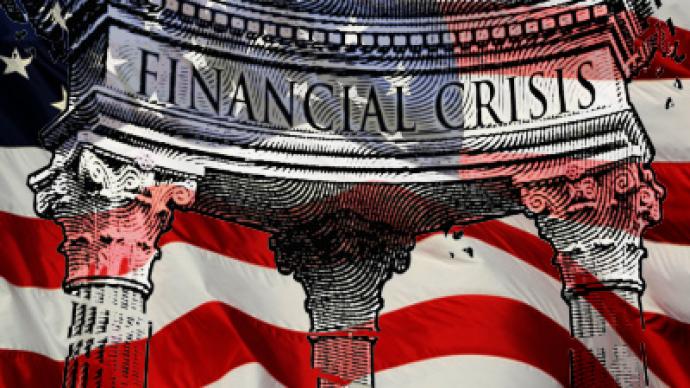The Fed loaned $16 trillion

With 12 days left until the US reaches their borrowing limit and looks towards default, economists are trying to figure out how to avoid running into the $14.3 trillion debt ceiling. Here’s one answer: stop giving away money.
Results published today of the first-ever audit of the US Federal Reserve reveal that, between December 1 2008 and July 21, 2010, the Fed loaned out over $16 trillion to US and foreign financial institutes. That is nearly $2 trillion more than the entire GDP for the States last year, which topped out at around $14.5 trillion.During that two year span that the audit takes into consideration, over $4 trillion was lent to banks in the UK, Germany, Switzerland, France and Belgium. Domestically, Citigroup was awarded with $2.5 trillion, Morgan Stanley with $2.04 trillion and Merrill Lunch with $1.9 trillion.Additionally, the analysis carried out by the Government Accountability Office shows that the Fed outsourced many of its lending operations to the banks that served as a catalyst for the debt crisis. Fittingly, the actual title of the GAO’s report to congressional addressees released today is “Opportunities Exist to Strengthen Policies and Processes for Managing Emergency Assistance.” In the introduction to the audit, the document explicitly calls out the Fed, noting that Ben Bernanke and company have several options to strengthen risk management practices for future crisis lending.Sen. Bernie Sanders (I-Vt.) pushed for the audit, in a statement to The Hill today, writes that the data exposed in the findings shows “a clear case of socialism for the rich and rugged, you're-on-your-own individualism for everyone else."Sanders adds that the Fed abused its powers by making unauthorized emergency loans and writes, "No agency of the United States government should be allowed to bail out a foreign bank or corporation without the direct approval of Congress and the president.”Yesterday, Philadelphia Federal Reserve Bank President Charles Plosser told Reuters that the Fed was working along with the Treasury in order to find out how to handle a default, should the US default on its debt next month. The New York Times responded by calling the discussions “doomsday plans.”















